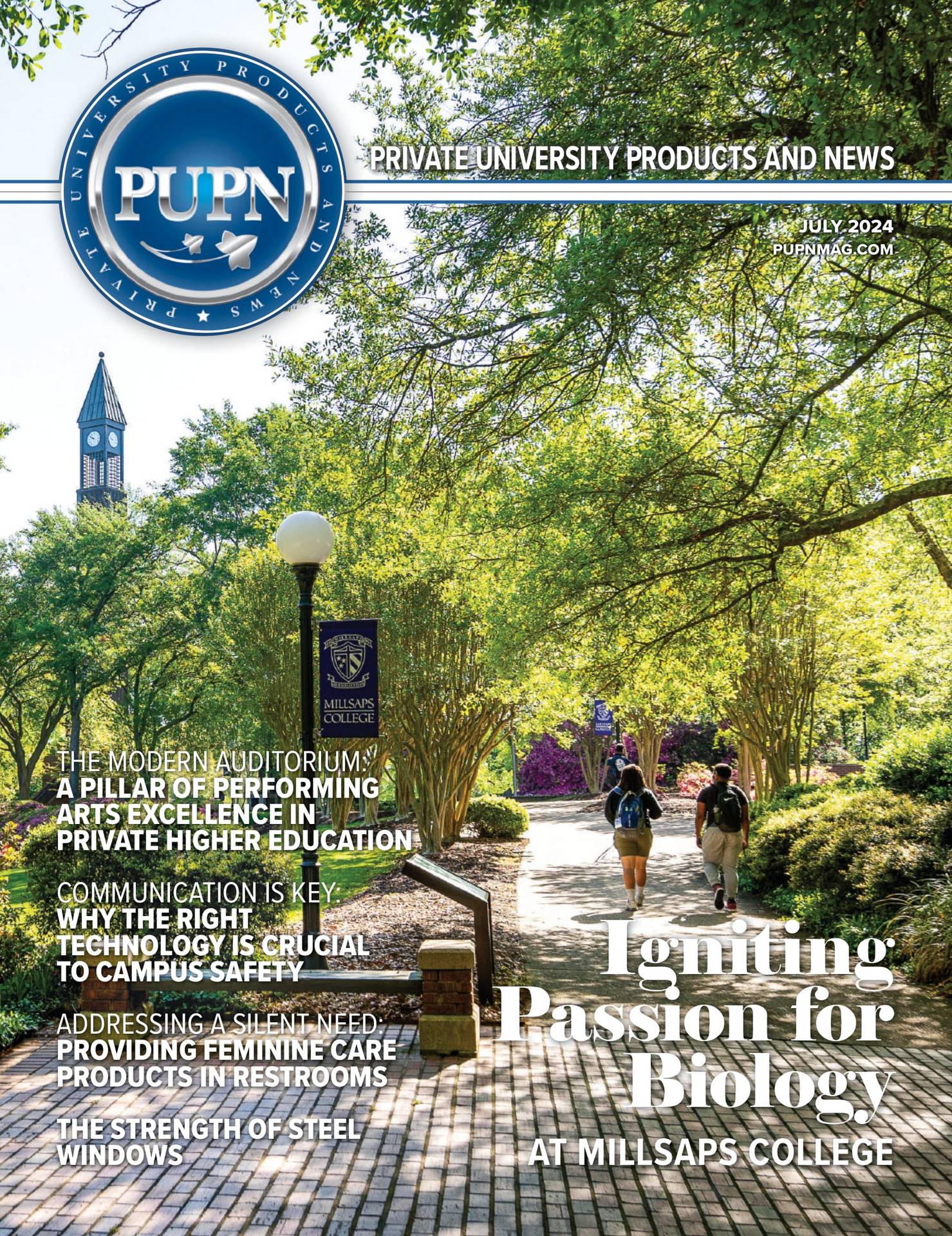In “Recognizing Campus Landscapes as Learning Spaces” from the Journal of Learning Spaces, Kathleen G. Scholl and Bowri Betrabet Gulwadi note that people expect a university campus to express something about the quality of academic life there. Well-designed networks of open spaces on the campus can be key catalysts in student learning and a strong influence on a student’s experiences that promote a sense of belonging to the learning community.
The Importance of Open Spaces
In Frontiers of Architectural Research, Siu Yu Lau et al. discuss landscape and architectural design strategies to offer open spaces for students to enjoy, spaces that satisfy any number of purposes. Open spaces between buildings as well as spaces dividing surrounding environments provide a sense of direction on the campus and help organize different areas.
A large open space creates an area for planned and spontaneous activities in a natural setting, and it can be a relaxing atmosphere encouraging impromptu meetings and discussions and providing fresh air for stressed scholars.
In “Healthy Campus by Open Space Design: Approaches and Guidelines,” Siu Yu Lau et al. examine landscape design strategies for alleviating stress on university campuses. Another factor to consider is incorporating a sustainable open space which can facilitate a highly effective resource for teaching about natural systems, biodiversity, and other ecological and natural science subjects.
For example, a landscape architect can help select native species which will thrive; for biodiversity, he will research bird species likely to use the space and select plants that will provide food and/ or nesting areas. Open spaces from a bio-ecology perspective has a far-reaching implication for healthy campus life as well as providing habitat for vegetation and wildlife, creating a microclimate for users, and increasing stormwater infiltration for the soil.
Father of Landscape Architecture
Scholl and Gulwadi highlight Frederick Law Olmsted (1822-1903), popularly known as the father of landscape architecture, who was an influential landscape designer of early campuses. He believed that the physical landscape features had a direct impact on shaping human behavior and offered students an active, experiential education versus passive or theoretical learning.
Olmsted stated that “natural scenery employs the mind without fatigue and yet exercises it; tranquilizes it and yet enlivens it; and thus through the influence of the mind over the body, gives the effect of refreshing rest and reinvigorating to the whole system.” Stanford Magazine explains that the first college campus Olmsted designed was for Stanford University in 1886.
Leland Stanford, who wanted to fund a new university in memory of his son, had heard that Olmsted was the best landscape designer because he had designed Central Park in New York City, among other important projects. The two men were unsuited to be partners in this endeavor because Stanford had definite ideas about what a college campus should be, which were diametrically opposed to Olmsted’s plan for the grounds. While Olmsted’s original design was changed significantly, and the two parted ways in 1890, Sanford remains today as a combination of two very different visions.
Improved Landscape Design for City Campus
Thomas Jefferson University in Philadelphia, Pennsylvania, transformed their campus in the center of the city by providing the 60,000 square foot Lubert Plaza where two above-ground parking garages once stood. The new plaza, built above a 215-space parking garage, was designed to accommodate academic events and ceremonies. The plaza is surrounded by 53 trees, which offer shade in the urban environment.
The plantings are irrigated with rainwater, air conditioner condensate, and potable water collected in an underground cistern. This has improved the environmental as well as the social aspect of the University.
The Landscape Performance Series by Landscape Architecture Foundation conducted a survey on the Thomas Jefferson University students to see what impact the improvements made on students’ perception of the new plaza. Survey respondents reported that they feel more positive after spending time in the plaza and that they feel more able to cope with the stress of student life.
Harvard University’s Pastoral Setting
Lau et al. suggest Harvard Yard is regarded as the most identifiable place on campus and a symbolic heart of the school. The canopied lawn keeps the hustle and bustle out by creating a peaceful ambience. It is an astonishing transition from the busy active square to the tranquil pastoral area. Trees in the yard soften the boundary between the courtyard and nearby buildings, which creates a countryside-like feeling.
Lau et al. also note that Tanner Fountain at Harvard was a ground-breaking project, because it is the creation of a fountain without a basin. It is recognized as the first institutional project of “Landscape as Art” movement. It is a remarkable combination of natural and man-made rocks with more than 30 spray nozzles located in the center of the stone circles. Through three seasons of the year, a fine mist is emitted that hovers like a cloud above the stones. During the winter, the mist actually becomes steam resulting in a light foggy haze that covers the stones.
Modern-Day Landscaping
Today’s campuses must be spaces in which the learning environment encompasses more than technology upgrades, classroom additions, and its academic buildings. The entire campus, including the open spaces, should be perceived as a holistic learning space.










